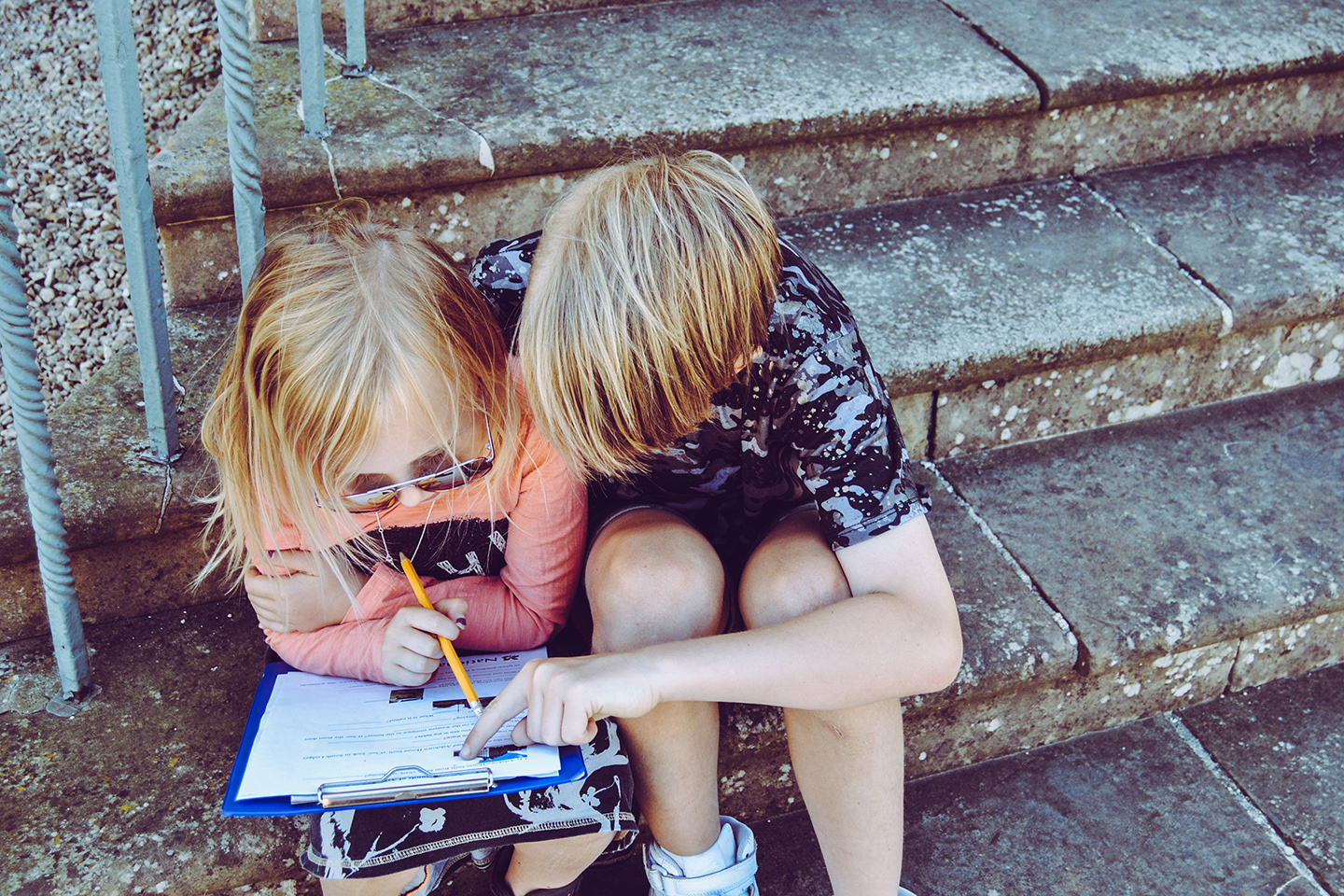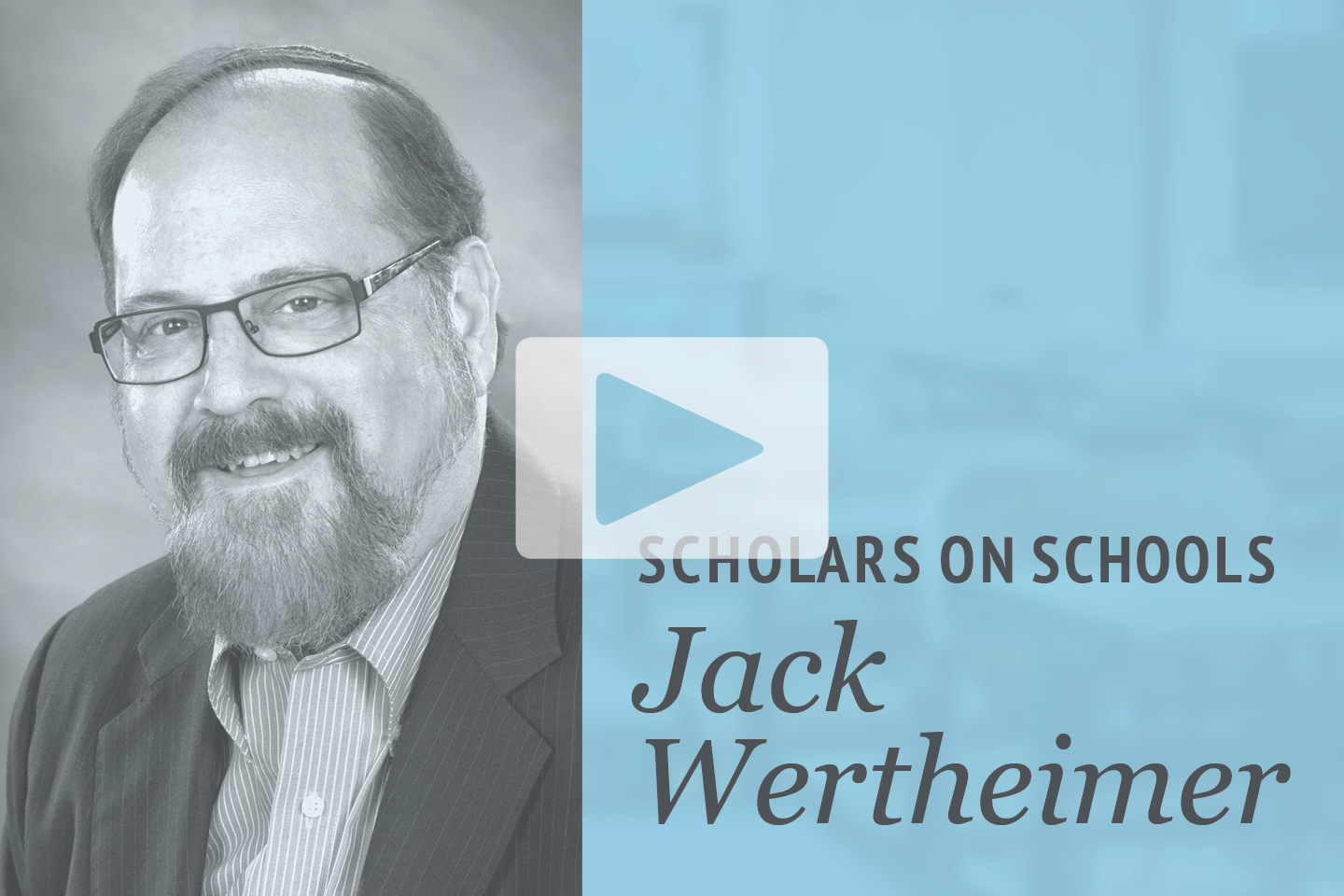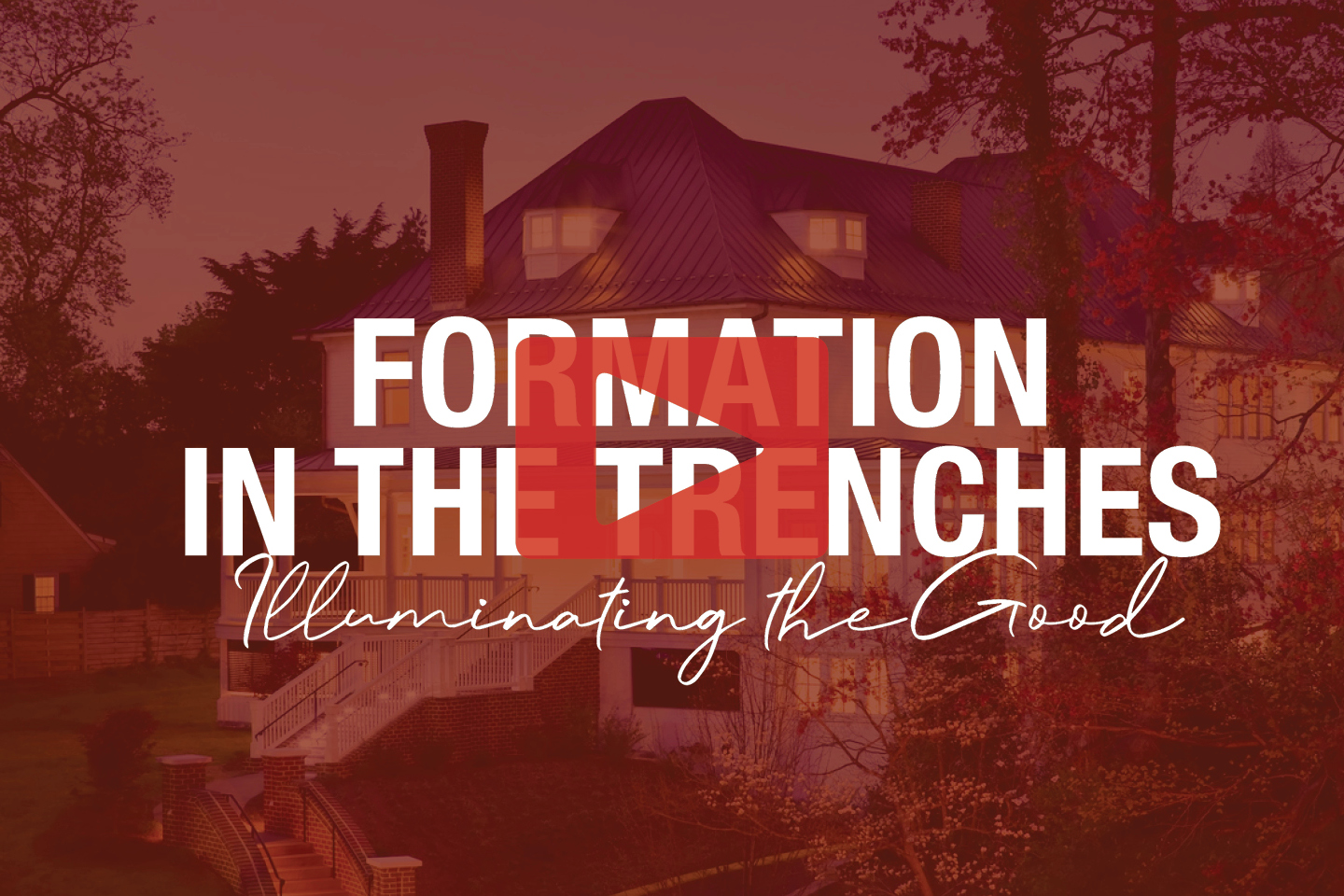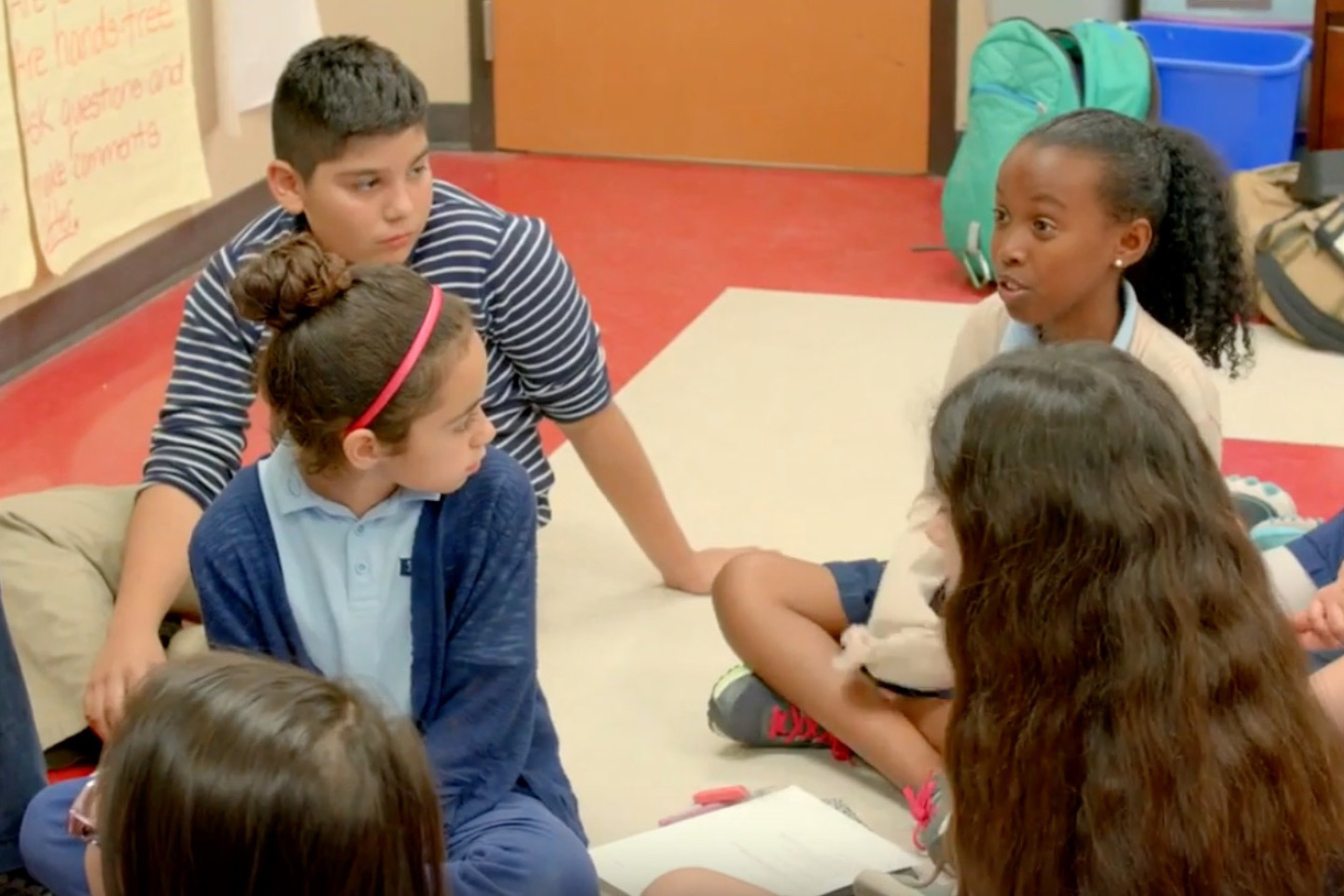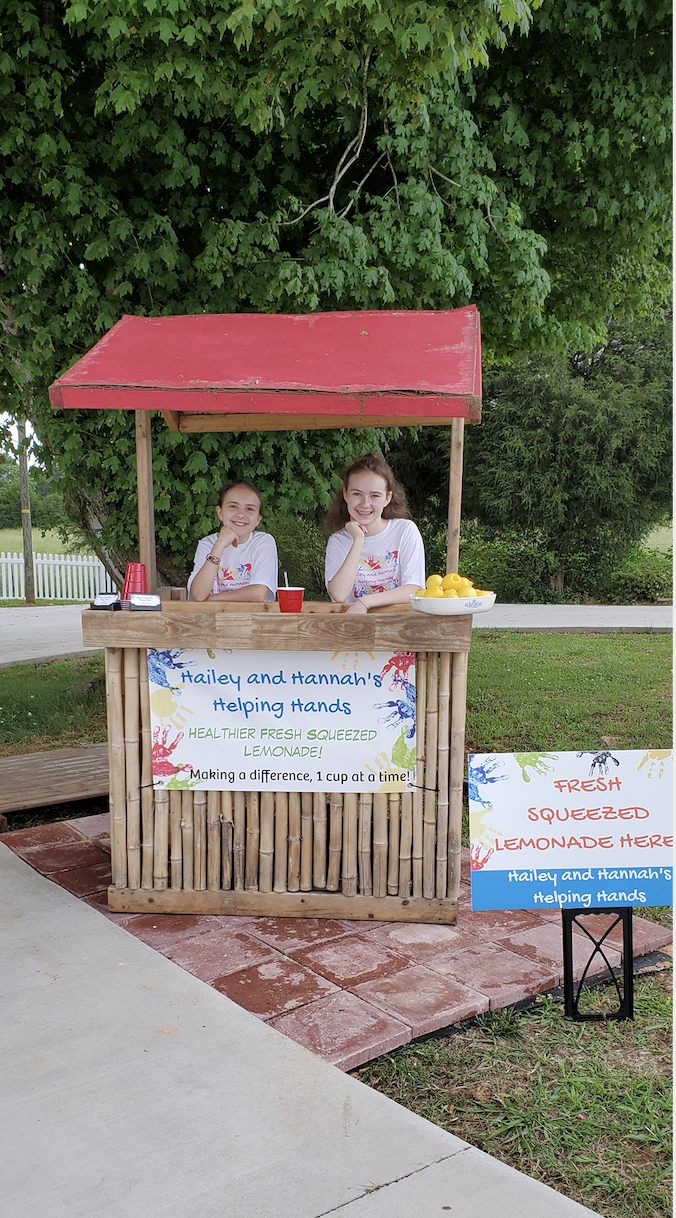From its inception several decades ago, Open Sky Education—a not-for-profit organization that runs a network of both faith-based voucher and nonreligious charter schools—has prioritized character formation. They have employed a variety of approaches, but six years ago, they determined that their tactics were not having a lasting effect.
“We realized they were great for behavior management but didn’t do a good job in terms of sticking with kids once they left the school building or left for the summer,” says Ellen Bartling, National Director of Content and Operations at the Character Formation Project, an initiative of Open Sky. “We wanted to avoid focusing on behaviors in a carrot-and-stick kind of way, because research tells us that once a student leaves the building, those kinds of character perspectives don’t go with them.”
So Open Sky set out to develop a different way of guiding kids toward being good people—one they hoped would yield lasting change.
“The first people who worked on it wanted to find a way to grow character in kids from the inside out,” Bartling said. “Not just to change their behavior but the way they perceived their presence in their communities and what kind of effect their actions had on their schools and families. They wanted students to build a virtuous outlook on life as they went through their school years and to hold onto that. Essentially what these individuals looked at is, How does character get formed?”
Those individuals were Andrew Neumann, CEO of Open Sky; Ryan S. Olson, now President of the Advanced Studies in Culture Foundation, publisher of CultureFeed; Duncan McCrann, now Founder and CEO of The Catholic School Renaissance Institute; and Matt Hoehner, now Executive Director of Christ Community Lutheran School. Neumann, McCrann, and Hoehner were all working for Open Sky at the time, while Olson was working for the nonprofit Kern Family Foundation. Based on research and their experience in education, these four came up with the basis for what would eventually become the Character Formation Project.
Several elements set the Character Formation Project apart. The program emphasizes the importance of a “Greater Purpose”—an ideal higher than one’s own happiness to be consulted in the face of moral choices. That Greater Purpose isn’t dictated to the students; rather, they are guided to it by considering what they care about and how they can improve their communities. However, the civic program does specify that it seeks to grow character “in the larger context of preserving human freedom. As members of a civil society, we share a common purpose to advance human freedoms for ourselves and others.” And the Christian version grows character in the context of Scripture with an goal of “glorifying God and making Him known.”
The project uses the stories of historical figures in the civic version and Bible characters in the Christian version to illustrate complex decisions that require character. Students, who may not have experienced many ethical dilemmas, are invited to identify with these stories and to envision their choices at such crossroads. They discuss each story, practice making decisions through role-playing, and commit to working on the particular virtue involved.
During the early stages, the planning team brainstormed as many important virtues as they could, writing them on a whiteboard—150 in all. They then whittled the list down from there, and ended up with seven: justice, respect, responsibility, integrity, self-sacrifice, diligence, and courage.
Originally, the program was presented to Open Sky teachers as a methodology alone. But as time went on, the teachers began asking for a formal curriculum to help them more effectively impart the principles. And so, thanks to a grant from The Kern Family Foundation, the Character Formation Project curriculum was born.
More than 50 teachers were hired to write the lessons—now 504 lessons total, spanning grades pre-K through 12. The curriculum can be taught in 15-minute sessions on multiple days or in a 45-minute session one day a week.
The Character Formation Project was first used by Open Sky’s own teachers; their feedback led to revisions. It was then used by “out-of-network partners” whose input also yielded adaptations and polishing. The Character Formation Project is now housed online and all materials—from lessons to parent information letters—are accessible digitally and as downloadable PDFs. Open Sky offers onsite and online training, and there is even an app for mobile use. The program is being used by about 20,000 students in the US and around the world.
Recently, Open Sky ran a pilot with five rural Illinois school districts. They administered surveys before and after use of the program in an attempt to see if it had a measurable impact on students’ perspectives.
“Because this program takes time to show efficacy, and we were very limited in terms of time frame, we didn’t see a whole lot of variation, for the most part,” says Bartling. But she explains that while they did not achieve a “statistically significant” result, they did see positive variation in several areas, including student confidence, a sense of teachers being good role models for them, and a self-perception of being caring, brave, outgoing, and thoughtful.
Open Sky also ran focus groups—both of teachers and of students—and these were helpful in illuminating both the culture of the schools and the effectiveness of the program.
“A lot of the kids said their teachers were really important to them, in that they listened to their problems and gave them good suggestions about how to solve them,” Bartling says. “There is a lot of poverty in rural southern Illinois. School is a caring, safe place for them. At school, they have one adult that is modeling behavior and character, a close relationship with at least one adult.”
Sometimes, parents’ demanding work schedules make it difficult for them to spend as much time with their children as they would like. For this reason, a strong and structured approach to character formation is important, and the Character Formation Project hit the mark in many ways.
“The kids were really engaged with the lessons,” Bartling said. “They really liked the [follow-up] questions, because they led to led to robust discussions, even among younger kids. It was a great way for kids who didn’t usually have a voice in class to have a platform from which they could talk about themselves and their experiences. All the teachers said that the robustness of the conversations [was] astounding, as well as the engagement of the kids. Sometimes teachers would start with a question and then the kids took over. Even with older kids, they would often come up with activities to do beyond the lesson.”
Bartling also attributed the program’s popularity to the variety of the people featured in its lessons.
“The kids enjoyed learning about American people they had never learned about before, especially those belonging to different racial and ethnic groups,” she said. “We didn’t just use dead white guys. We were very particular about including people of color, both male and female—people in the arts, sciences, law, civil rights, and reform movements—so kids have a chance to see that American history is quite varied. Sometimes you don’t hear about all these people.”
Time will tell if the Character Formation Project’s results are as lasting and expansive as its creators hoped they would be. But for now, it seems that the program’s feedback is favorable and future holds promise.
